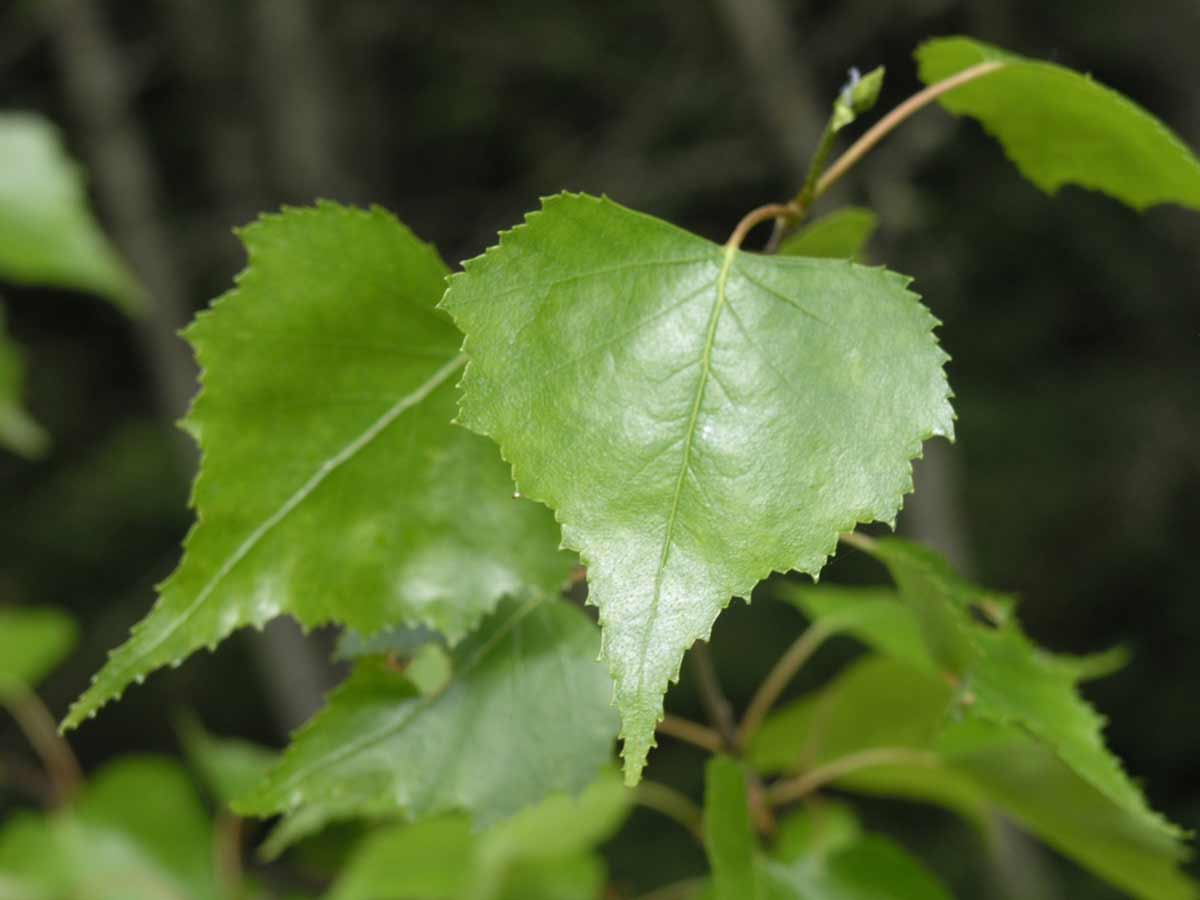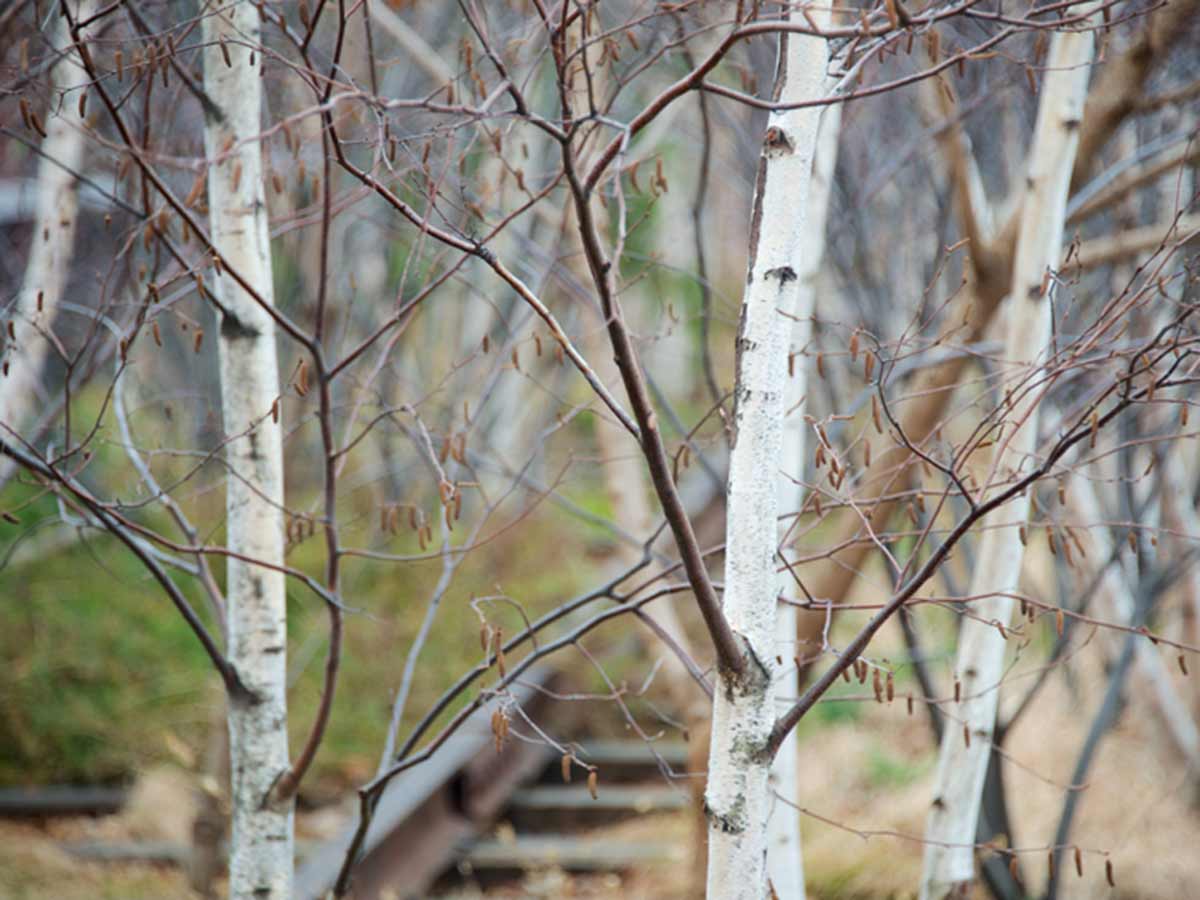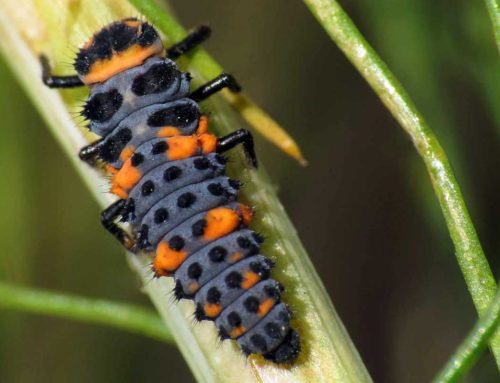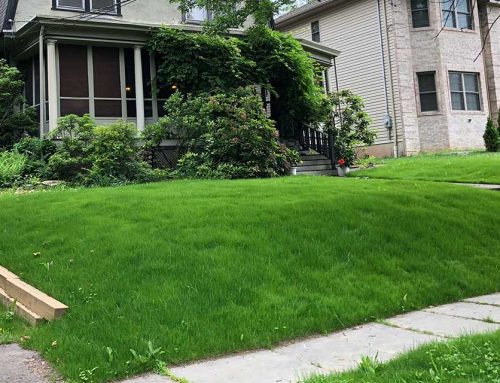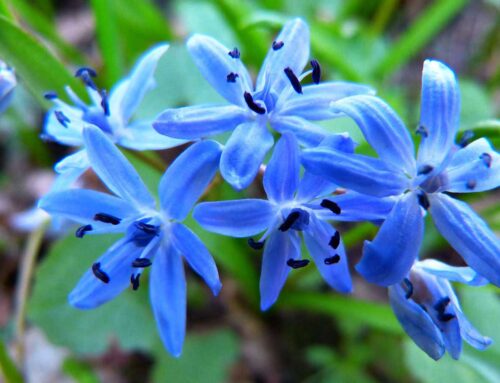Gray Birch
Sustainable Landscaping with Native Plants
Gray birch, or betula populifolia, is a fast growing, tolerant, and skinny deciduous tree and is a great choice for a tree that will remain attractive in the winter time even without leaves. Gray birch is a fairly simple tree to grow and is an important tree to plant for many species, and it is becoming endangered or threatened in quite a few states.
This species of birch tree is native and occurs naturally to most of the northeastern United States, as well as in some parts of southeastern Canada. Going by the USDA plant hardiness zones, gray birch does best in zones 3 to 7. When mature, gray birch will typically grow anywhere from 20 to 40 feet tall. Not only can they become quite tall trees, but their growth rate is exceptionally fast. Gray birches will grow to their highest in under 20 years and will do best in the sun. It is shade intolerant, but can also be grown in partial shade. It will do best in well drained moist soil, but is quite a tolerant tree and can also do well in a dry area. High pH levels in the soil will cause chlorosis, or discoloration of the leaves in gray birch. Though it would do best when planted near any natural water sources that will ensure a moist soil year-round. Gray birches can grow on the sides of hills or on a slope, however, the growth of the plant will be slowed.
In the wintertime, this tree can look great in any landscapes with it’s gray bark in a snowy setting, and it also can provide protection to smaller shrubs, other trees, or plants that need it. Plenty of wildlife benefits from this tree, as well. It can attract and provide food for songbirds, sapsuckers, and ruffed grouse. The bark can also provide food for beavers, moose, and porcupines. Gray birch is a soft wood, and can be used in turnery, or to create smaller wooden objects, such as toothpicks, clothing pins. It can also be used for firewood.
If you’re looking for a natural, beautiful winter landscape, contact Lincoln Landscaping and we will ensure your lawn is filled with seasonal color and looks great year-round. There are plenty of other great native, and beneficial plants available like the gray birch that not only bring nature into your yard but provide you with a beautiful landscape to look at and enjoy.
Lincoln Landscaping “The Natural Choice”
Mike Kolenut President & CEO
https://lincolnlandscapinginc.com
(201) 848-9699


